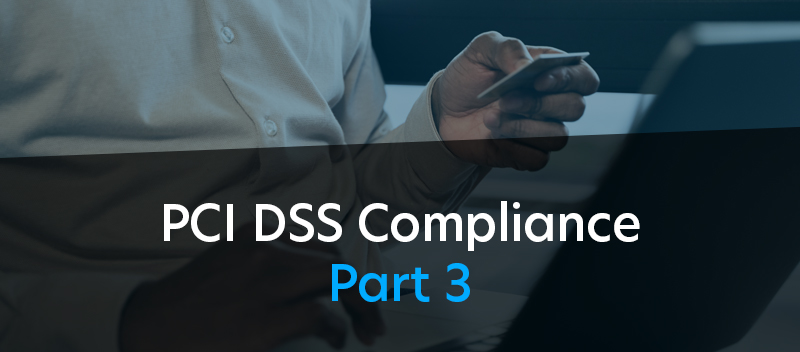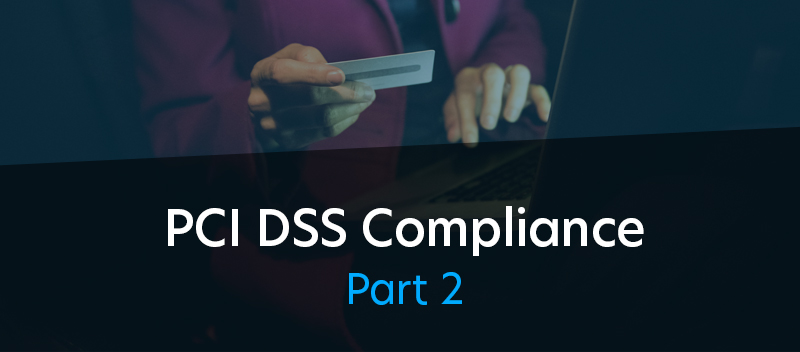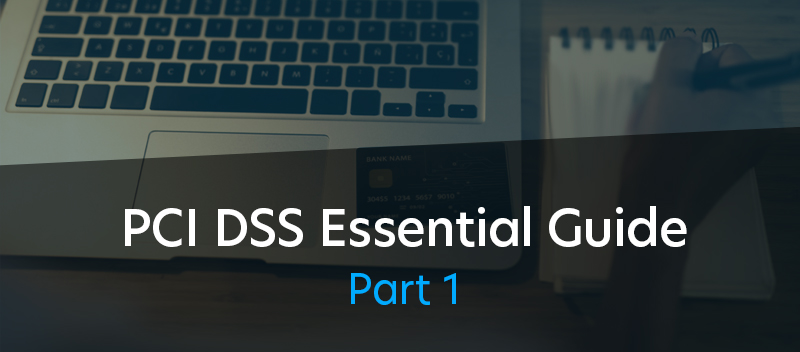Blog SOC 2 Compliance: A Must-Have for Oil Industry Companies
SOC 2 Compliance: A Must-Have for Oil Industry Companies

Oilfield companies face many security and compliance challenges in their industry. They need to protect their data and systems from cyberattacks, comply with various regulations and standards, and gain a competitive edge in the market. SOC 2 compliance is a way for them to achieve these goals. SOC 2 reports demonstrate that oilfield companies have implemented effective controls to safeguard the security, availability, confidentiality, processing integrity, and privacy of their services. By obtaining SOC 2 reports, oilfield companies can enhance their security posture, increase customer trust, streamline processes, meet regulatory requirements, and differentiate themselves from competitors.
This article outlines the reasons SOC 2 compliance has become a business essential for oilfield companies.
What is SOC 2 Compliance?
SOC 2 (System and Organization Controls 2) is an auditing framework for assessing a company’s internal controls over its information systems. Developed by the American Institute of CPAs (AICPA), the framework specifies how organizations could safeguard data across five key criteria: security, availability, processing integrity, confidentiality, and privacy.
Widely recognized as a standard for building trust, SOC 2 compliance has become a precondition for doing business in many industries.
Trust Services Criteria
SOC 2 helps organizations demonstrate to clients, partners, and regulators that they have implemented appropriate controls to protect sensitive information. There are five main criteria — called Trust Services Criteria (TSC) — against which these controls are validated:
- Security – protection of information against unauthorized access, deletion, modification, or disclosure.
- Availability – accessibility of data to authorized entities within expected conditions or agreed service level.
- Processing Integrity – assurance that data is processed accurately, timely, completely, and with proper authorization.
- Confidentiality – prevention of unauthorized access to confidential information.
- Privacy – adequacy of safeguards that maintain the privacy of personal information throughout the life cycle of customer data.
Process
After closely examining your systems and processes, a qualified auditor can attest to your compliance by issuing a SOC 2 report. Obtaining a SOC 2 report might take several months to more than a year depending on factors such as the audit scope and the size and complexity of your organization. The process involves the following key stages:
1. Scoping — determine which SOC 2 report type and trust services criteria to include in the report based on your line of business and/or the specific requirement of a customer or partner.
2. Gap Analysis — detect gaps in the policies, procedures, configurations, documentation, and other aspects of your information system.
3. Remediation — address gaps by building and executing a remediation roadmap.
4. Readiness Assessment — verify whether your security controls — including the remediation measures — are in place and functioning as intended
5. Reporting — undergo a formal SOC 2 audit with a qualified third-party assessor to evaluate your organization’s internal controls and produce a report on their findings.
Benefits
SOC 2 compliance delivers many significant advantages:
• Enhanced customer trust and confidence. Adherence to SOC standards demonstrates due diligence and commitment to safeguarding sensitive information. This helps your organization gain the confidence of customers, partners, and potential investors.
• Improved security posture. The SOC 2 process enables companies to detect, identify, and remediate weaknesses in their information systems. This bolsters security and reduces the likelihood of data breaches, financial loss, legal liability, and reputational damage.
• Closer alignment with multiple regulatory standards. Many of the control requirements set by SOC 2 coincide with those of many other compliance frameworks such as HIPAA, ISO 27001, and PCI DSS. This makes it much easier to also comply with other industry standards and government regulations.
• Increased operational efficiency. SOC 2 compliance helps streamline your company’s processes and reduce errors. This can help improve your overall operational efficiency.
• Competitive edge. Issued after a rigorous audit, a SOC 2 attestation report sets your company apart, especially with prospective customers or partners that demand strident security standards.
Why is SOC 2 Compliance Important for Oil Field Companies?
The oil industry, functioning as critical infrastructure, has become a primary target for cyberattacks. To enhance operational efficiency, oil and gas companies have embraced a new wave of technologies, including cloud services, smart IoT devices, industrial control systems, and advanced operational technologies. While this trend has significantly improved business performance, it has also expanded the digital footprint, creating new vulnerabilities for malicious actors to exploit.
Consequently, the sector now faces heightened security risks, with the potential for significant economic, environmental, and societal damage. The evolving threat landscape has attracted stringent regulatory oversight, compelling industry players to meet various compliance standards or face substantial fines and penalties.
Regardless of their specific segment, oil and gas companies would benefit from viewing these challenges as an opportunity to enhance their compliance and security posture. Operating as a critical infrastructure, the industry is subject to rigorous regulatory scrutiny, encompassing environmental regulations on air and water quality and workplace safety standards guiding processes like drilling and oil well management.
As part of the broader energy sector, the oil and gas industry faces an elevated risk outlook amid the rapid digitalization of its core processes, spanning exploration, production, refining, and distribution. The adoption of cloud services, IoT devices, and advanced operational technologies has rendered the sector attractive to various threat actors, including state-sponsored hacker groups, cybercriminal gangs, and malicious insiders. These actors pursue diverse motivations such as financial gain, dark web prestige, state-sponsored espionage, intellectual property theft, corporate sabotage, and terrorism.
Oil and gas companies confront heightened risks as their main processes undergo digital transformation. This includes exposure to state actors engaging in cyberattacks for strategic or geopolitical objectives, cybercriminals targeting financial gain, and malicious insiders compromising security intentionally. Such insiders may include disgruntled employees, greedy executives, and contractors.
Major cyber incidents in the industry can have a profound impact, leading to data breaches, financial losses, business disruption, regulatory violations, market volatility, environmental damage, and public safety hazards.
How Can Oil Field Companies Achieve SOC 2 Compliance?
Complying with security frameworks can be a rigorous and expensive process, especially for oil companies. There are many challenges, such as the cost and time required to implement remediation, pass an audit, and achieve compliance. However, partnering with a trusted managed compliance provider can help address these challenges.
Here are the typical steps that oil companies can take to achieve compliance with any security framework:
1. Partner with an accredited and experienced compliance advisor.
2. Define the scope and goals of compliance for your company.
3. Conduct a gap analysis to identify the areas where your security measures need to be improved.
4. Implement the necessary controls to address the gaps identified in step 3. This may involve testing and validating the effectiveness of implemented security measures.
5. Undergo a formal audit or certification process to verify the effectiveness of the controls you have implemented.
6. Maintain continuous compliance.
Best Practices:
1. Get full buy-in from the C-suite.
2. Invest in compliance early on.
3. Familiarize yourself with the framework and the specific control criteria relevant to your business.
4. Consider the assurance requirements of key customers and stakeholders.
5. Document your policies, procedures, and processes diligently from the start.
6. Leverage technology, such as compliance software, to centralize, accelerate, and automate regulatory workflows.
7. Partner only with trusted experts.
8. Consider and act on the recommendations included by your auditor in the SOC 2 report.
9. Maintain compliance, as this is an ongoing journey towards the continuous improvement of your security infrastructure.
Final Takeaway
Oil, gas, and energy companies face many challenges and risks in their sector. They need to comply with various regulations and standards to ensure the safety and quality of their operations. They also need to protect their data and assets from cyber threats and other vulnerabilities. And they need to demonstrate their security posture and compliance status to their customers, partners, and regulators.
That is why they choose TrustNet as their trusted partner for comprehensive security and compliance solutions that suit their specific needs and grow with their business.




